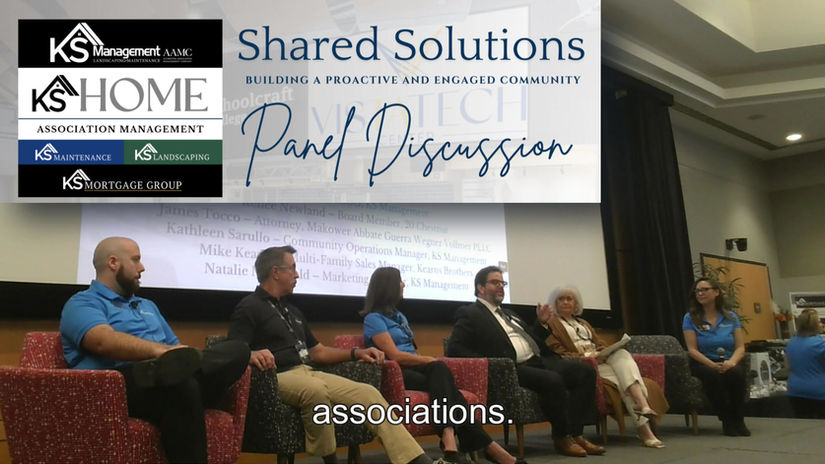Decoding Risk Assessments: Keeping Communities Safe and Legally Protected
- natalie.mcdonald

- Nov 29, 2023
- 2 min read

Risk assessment?
Risk assessment is a primary management tool in ensuring the health and safety of others in your community. What many people perhaps are not aware of, however, is that there can be a legal liability for your Board & Community. Whether you're wondering how to complete a risk assessment or are unsure of their relevance within your community, read on to discover what you need to know.
The definition of a risk assessment is a systematic process of identifying hazards and evaluating any associated risks within a community, then implementing reasonable control measures to remove or reduce them.
When completing a risk assessment, it is important to clearly define some keywords:
An accident is an unplanned event that results in loss.
A hazard is something that has the potential to cause harm.
A risk is the likelihood and the severity of a negative occurrence (injury, ill-health, damage, loss) resulting from a hazard.
Additional training may be required or coordinating with your Community Management Company Professional who works with your Community Agent if you need to complete or re-assess your risk management procedures.

Different types of risk assessments
The types of risk assessment required within any community should be proportionate and relevant to the operational activities being undertaken. In many industries, there are specific legislative requirements that apply. For example, in environments where hazardous substances are used a Control of Substances Hazardous to Health Assessment (MIOSHA) should be completed (for more information see MIOSHA.gov).
Some common types of risk assessments include:
Fire Risk Assessment
Handling Assessment -Need to lift or carry or move.
Screen Display-Required where guests, owners using laptops screens in clubhouse or office.
Risk assessment is a straightforward and structured method of ensuring the risks to the health, safety and wellbeing of the community (and others) are suitably eliminated, reduced or controlled.
Recording your findings is an easy way to keep track of the risks and control measures put in place to reduce the identified risk. The form includes:
What hazards were found?
Person(s) or common areas affected.
The controls put in place to manage risks and who is monitoring them.
Who carried out the assessment?
On what date the assessment was done.
The misconception that risk assessments inherently involve a vast amount of paperwork. It can be as easy as completing as completing a basic form for tasks or activities.
However, make sure they record significant findings including:
There is no set amount of time that you are required to retain the risk assessment, but it is best practice to keep it if is considered relevant to a particular task or activity. |



























Comments